10 Healthy Eating Trends You Should Know in 2016
We're talking pulses, ancient grains, and nooch.
Most Popular
1. 2016, a.k.a., The International Year of Pulses
The United Nations Declared 2016 "The International Year of the Pulse," and I couldn't be more excited (both from a nutrition and sustainability angle, and because it's extremely fun to say). Pulses are the seeds of dry crops: dry peas, beans, chickpeas, and lentils. Along with the traditional cooking methods and things we best associate with these foods (hummus, anyone?), you'll see a lot more experimentation with the flour of these foods as a higher-fiber, higher-protein alternative to traditional breads and baked goods.
Advertisement - Continue Reading Below
My current favorites include brownies and blondies from Pure Genius and Explore Asian, and Ancient Harvest's bean-based pastas. The other main sell: As a gluten-free flour alternative, they'll get a lot of hype: Total sales of gluten-free products are predicted to reach $2.34 billion by 2019!
More from Introducing the Supercarb Diet
20 articles
2. Plant-Based Everything
There's a misconception that a plant-based diet means going totally vegan. Not so! Plant-based diets simply refer to the idea of a more sustainable eating pattern for both health and environmental reasons: Eat more plants, eat fewer animal products. It also encompasses some fun ways to incorporate more plant-foods into your diet, like using jackfruit instead of pulled pork or beef jerky. Expect to see a lot more of the plant-based push once the 2015 Dietary Guidelines are released.
3. Gut Feelings
2016 is the year to go with your gut: The gut-brain connection refers to the relationship of our gut's microbiome (bacteria) as our body's "second brain." Since the gut acts as our immune system's first line of defense, protecting the body's bodyguard may be linked to improving cognition and brain health, as well as decreasing risk of neurodegenerative and some autoimmune diseases.
As this is an enormously promising area of interest in the research world, expect to see continued headlines about eating food that protects, boosts, and supports your gut. While we've all heard tons about "probiotics," the friendly bacteria that lives in your gut, eat a tummy-friendly diet by focusing on foods high in prebiotics: You guessed it, veggies, fruit, and whole-grains.
4. Ancient Grains of the Future
100% whole-grains (and other complex carbohydrates) are (still) having their moment. Gluten-free or not, grains like kamut, bulgur, farro, buckwheat, quinoa, millet, amaranth, sorghum, etc. are all beneficial for health (they're chock-full of B-vitamins and higher in fiber than refined grains or fiber) and have yet to permeate the market in the same way traditional products have to-date. Look for them in bars, cereals, and even in frozen meals in 2016.
Advertisement - Continue Reading Below
5. Nooch
Expect to see this topping everywhere — especially as the decadent vegan trend continues to emerge in the culinary world. Nooch, formally known as nutritional yeast (or a dairy-free parmasean) has a nutty flavoring that's derived from sugarcane or beet molasses. The cheesy flavor packs 8g of protein, 3g of fiber, and 3X your daily vitamin B12 requirement in just 1/4 cup of flakes. It's the flavor booster for pasta and nacho sauces, but my favorite use for nooch? Sprinkled on popcorn for an extra umami taste. Yum!
Most Popular
6. Full-Fat Food
Splashy headlines declaring "fat is back" have been everywhere in 2015, but allow us to clarify: These foods are only as good as the quantity in which they're eaten! (check out our single-serving nut test — the 1-1.5oz portions we tested were no accident!). Plus, there's no need to glorify butter and coconut oil, or malign naturally lower and non-fat foods (hello, fruits and veggies!). But the days of spotting "fat-free" cookies everywhere in the supermarket aisle are over. Pro tip: Look for naturally full-fat, good-for-you products (like nuts and yogurt) in single-serving form rather than buying in bulk.
7. Nordic Is the New "Mediterranean"
If you're picturing warriors in horned helmets, you're not far off. The new Nordic diet was inspired by the eating habits of healthy folks from Denmark, Norway, Sweden, Finland, and Iceland. Think seasonal local produce, canola oil and fatty fish, and ingredients like high protein skyr (Icelandic yogurt — my favorite: siggi's dairy vanilla, our breakfast taste-test product winner!). Research has linked eating like a Viking to reduced blood pressure and weight loss.
8. Biodynamic: Next-Level Organic
The new nutrition buzzword: Biodynamic. It's the most environmentally-friendly form of farming out there: Crops are free of synthetic pesticides and fertilizers, and the farms are entirely self-sustaining (think of it like organic on steroids). Whole Foods Market supports the movement, helping 30-plus brands launch biodynamic products like wine, olive oil, frozen entrees, pasta sauce, juice and tea. Buy biodynamic to show these farmers a little love.
9. Bugged Out
Entomophagy is defined as the practice of eating insects … and I don't mean accidentally at a less-than-sanitary restaurant! Agricultural experts are calling crickets the protein of the future, since they're a sustainable alternative to meat: Crickets use significantly less water land and water to produce and are lower in saturated fat than beef. (Plus, they're full of magnesium, iron, and calcium). Dip a toe into cricket flour by trying these bars by exo ($13 for a 4-bar sampler).
10. Mindfulness: the New Calorie-Counting
Gone are the days of dieting, calorie counting, and food-weighing (if they're not gone yet, then I'm saying it's high time we kick 'em to the curb!) The next wave of healthy eating starts with your attitude: Mindfulness means tuning in to what you're eating, savoring and enjoying the experience, and moving on. (Not snacking on your commute, grazing while watching TV, or diving into the chips while watching late-night TV).
The next generation of health and weight-loss is calling out the difference between feeling full and being satisfied (A phenomenon I call, "Full not Satisfied Syndrome," or FNSS) and eating the high-fiber, nutrient-packed foods that fuel us … and of course, leaving room for dessert. Case in point? GH's SuperCarb Diet.
Advertisement - Continue Reading Below
More From Introducing the Supercarb Diet





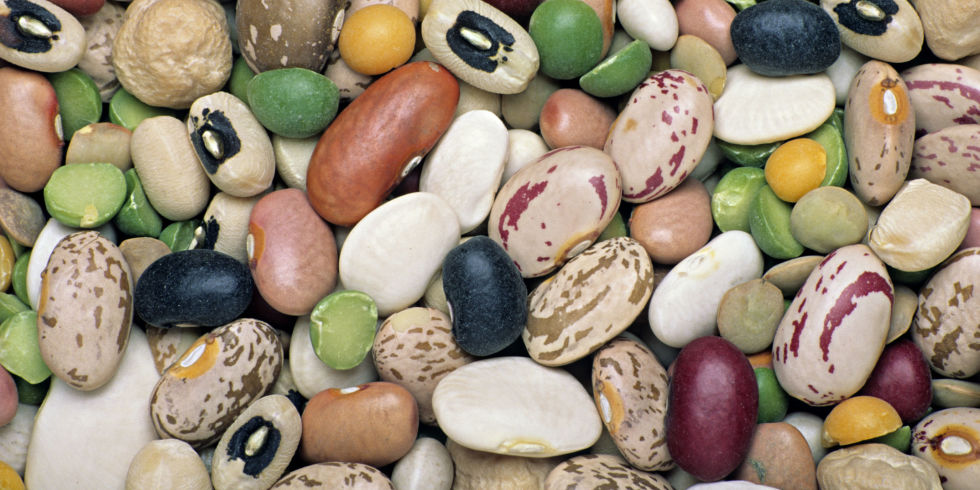


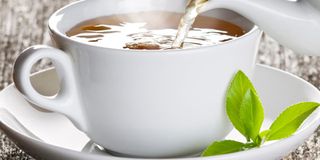
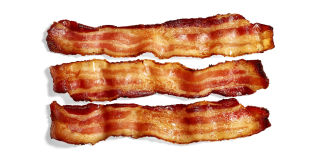


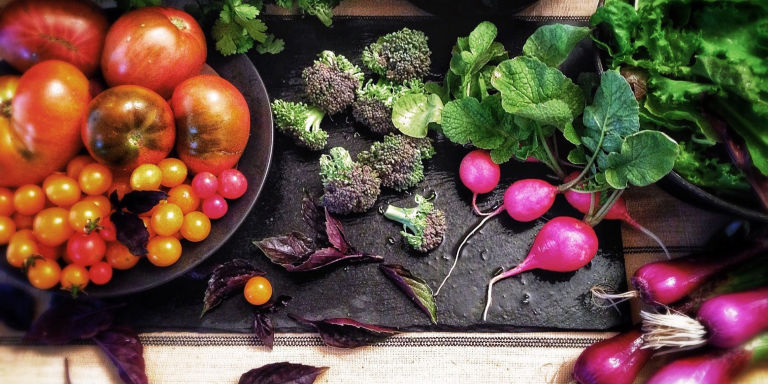

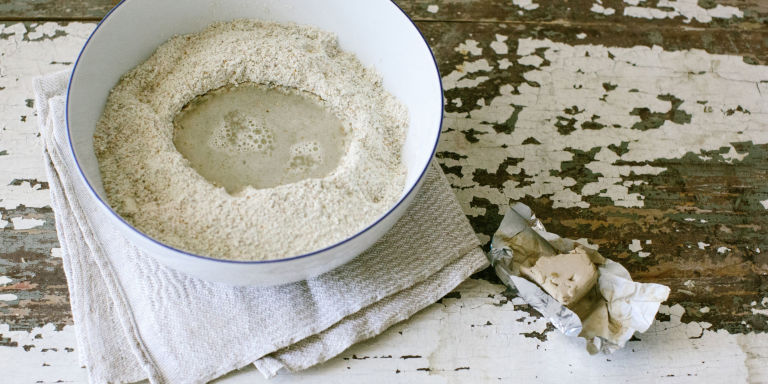


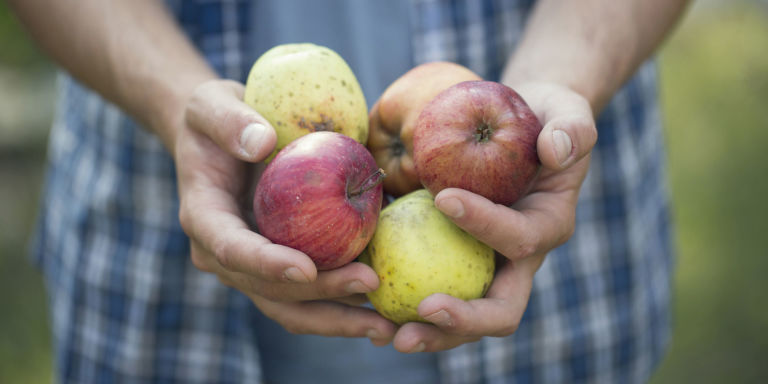
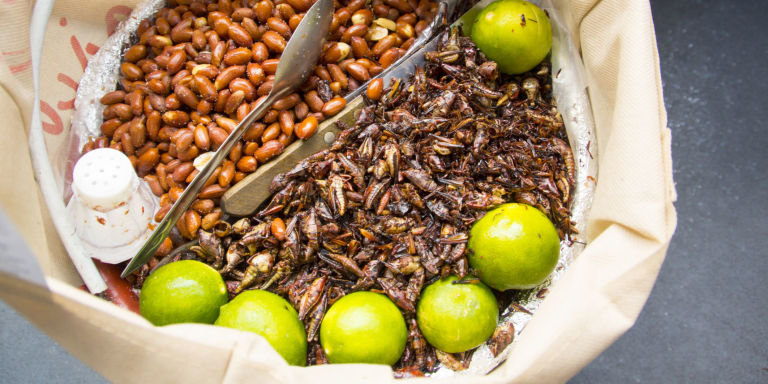
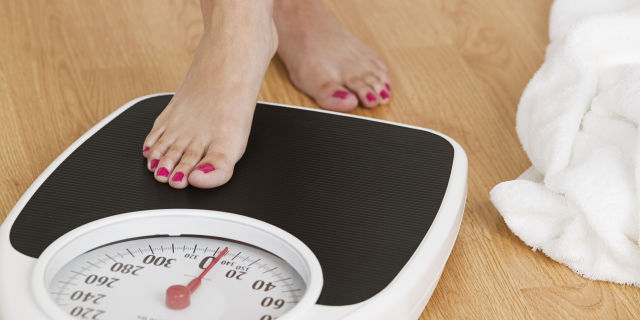

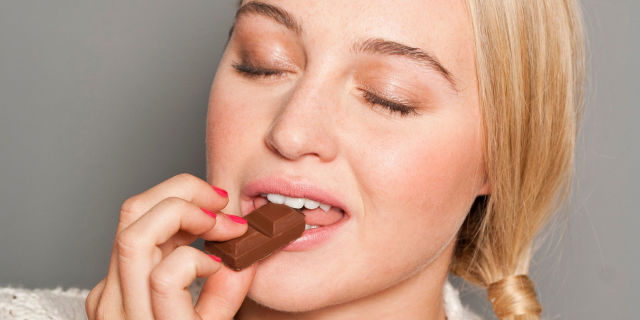

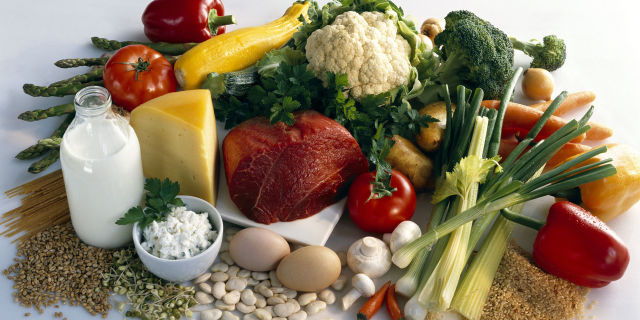
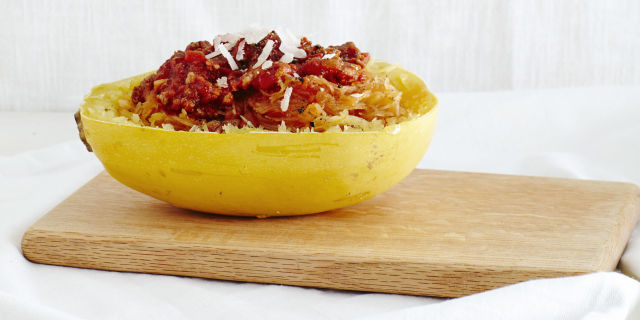
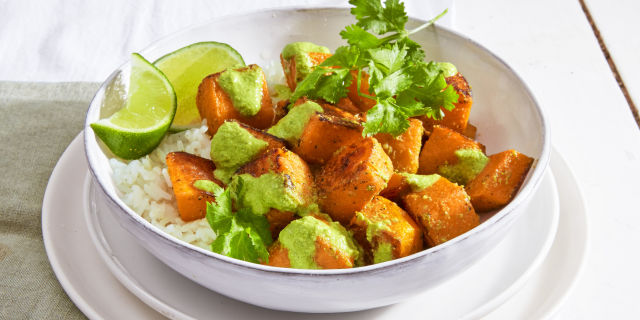
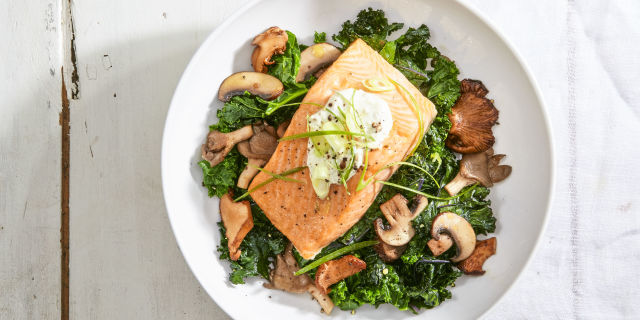

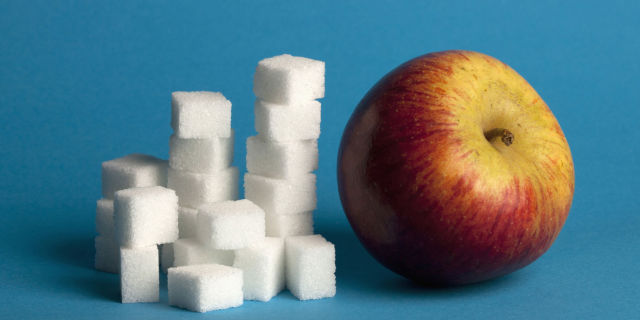
No comments:
Post a Comment